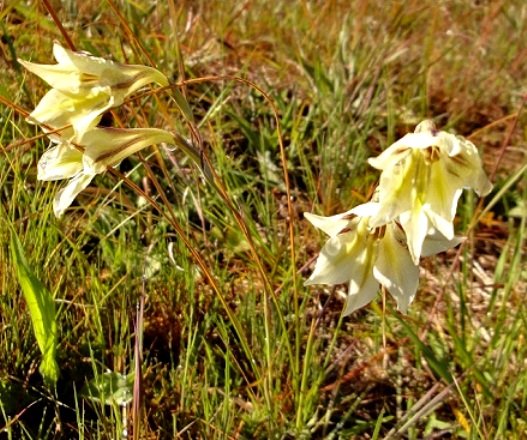Gladiolus tristis

Author: Ivan Lätti
Photographer: Judd Kirkel Welwitch
Gladiolus tristis, commonly known as the marsh afrikaner, is a stiffly erect, cormous perennial reaching heights from 40 cm to 150 cm, often around 70 cm. The little cormlets formed around mature plant corms can be used by gardeners for propagating new plants, although the plant easily naturalises from seed in favourable conditions.
The plant usually grows three leaves, rarely a fourth bract-like one on the stem below the flowers. The lowermost leaf of the two that grow basally is notably long and slender, with an X-shape in cross-section.
The species distribution is widespread in the Western Cape from the Bokkeveld Mountains to the Eastern Cape as far as Gqeberha, also in the south of the Northern Cape.
The habitat is seasonally damp fynbos in sandy, lime or clay soils. Big stands of dense colonies occur in seeps and riverine land. Part of its habitat earned the plant the common name of marsh afrikaner. The habitat population is deemed of least concern early in the twenty first century (Manning, 2009; Goldblatt and Manning, 1998; www.pacificbulbsociety.org; iNaturalist; http://redlist.sanbi.org).

